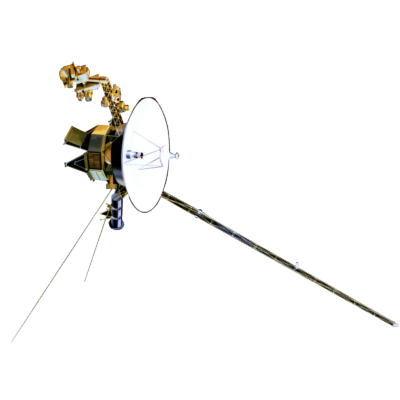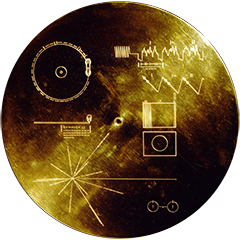VOYAGER
Voyager LECP Data Analysis Handbook
Data File Descriptions
Master Rate (Tape) File Descriptions
Far Encounter
Description of LECP Data Quality Words
| BITS* | VARIABLE | DESCRIPTION |
|---|---|---|
| 0-7 | NBI | Number of Basic Intervals-contains the number of basic accumulation intervals over which the corresponding rate is accumulated. The accumulation time in milliseconds is given by NBI*BAI. (See Tape Header Variables, formerly Table B2.) |
| 8-10 | MPB | Motor Position-contains the motor position at the end of the accumulation interval. MPB ranges from 0 to 7, corresponding to the LECP sectors 1 thru 8 respectively. If MP or NMS (see Tape Header Variables, formerly Table B2) are less than zero then MPB is invalid. |
| 11 | MCF | Motor Centered Flag-is set if the status word indicates that the motor was centered within the sector. It is zero otherwise. |
| 12 | MMF | Motor Movement Flag-is set if a motor step occurred during the accumulation interval. It is zero otherwise. |
| 13 | DL | Discriminator Level-is set if the LECP Beta detector is set to its high threshold state. It is reset otherwise. |
| 14-15 | SS | Switch State-defines which of the b or b' and δ or δ' rates are accumulated. |
00=not known; 01= β ' - δ detectors on; 10= b - δ ' detectors on; 11=mixed
Next: LECP Rate Groups
Return to MRT main page.
Return to Data File Descriptions main page.
Return to Voyager
LECP Data Analysis Handbook Table of Contents.
Return to Fundamental
Technologies Home Page.
Updated 8/9/19, Cameron Crane
VOYAGER 1 ELAPSED TIME
--:--:--:--
Days: Hours:
Minutes: Seconds
*Since official launch
September 5, 1977, 12:56:00:00 UTC
*Since official launch
September 5, 1977, 12:56:00:00 UTC
VOYAGER 2 ELAPSED TIME
--:--:--:--
Days: Hours:
Minutes: Seconds
*Since official launch
August 20, 1977, 14:29:00:00 UTC
*Since official launch
August 20, 1977, 14:29:00:00 UTC
QUICK FACTS
Manufacturer:
Voyagers 1 and 2 were built in the Jet Propulsion
Laboratory in Southern California.
Mission Duration: 40+ years have elapsed for both Voyager 1 and Voyager 2 (both are ongoing).
Destination: Their original destinations were Saturn and Jupiter. Their current destination is interstellar space.
Mission Duration: 40+ years have elapsed for both Voyager 1 and Voyager 2 (both are ongoing).
Destination: Their original destinations were Saturn and Jupiter. Their current destination is interstellar space.



